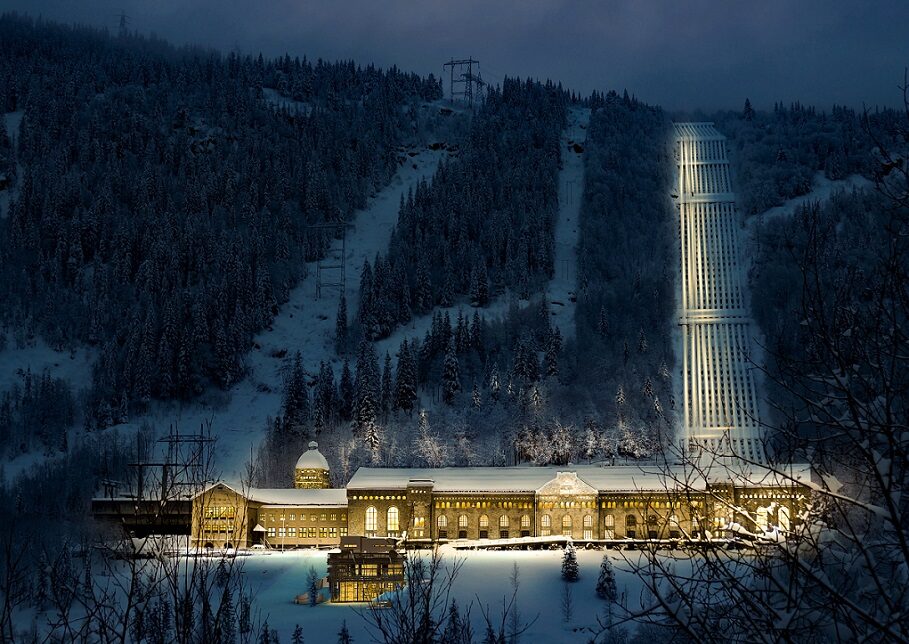| |
|
| ||
|
| |
News from Vemork, Chernobyl, Kyiv and the Falklands Hello subscribers! A week ago I received a press release email from the Norwegian Industrial Workers Museum at Vemork in Norway that announced an important bit of news. I’ve hence put together a new DT Blog post about that, which I uploaded on Wednesday. In short: Vemork is historically outstanding as it was the location of what has been described as the most significant act of sabotage ever. During WWII in a daring operation in February 1942 some Norwegian resistance fighters, with support from Britain, managed to blow up the heavy-water production facility beneath the hydrogen plant associated with the hydroelectric power station of Vemork. With this they thwarted any possibility of Nazi Germany embarking on a nuclear weapons development programme (heavy water is a key moderator in nuclear reactors required for the production of weapons-grade plutonium). The hydrogen plant was demolished in 1977, but now the cellar under it, the very spot where the sabotage had taken place, has recently been excavated and is now being integrated into the museum. The new facility will open to the public on 18 June. For more on this and some photos, both mine and ones from the press release, take a look at the new blog post. In it you can also find links to further sources as well as to a virtual tour of the cellar. The image above is an illustration showing the Vemork hydroelectric power station with the new museum facility at the historic heavy-water cellar in the foreground (credit: Zenisk AS, reproduced by permission). I also had (indirectly, via social media) news from “my man” in the Chernobyl Exclusion Zone. Apparently he led tours twice last week, including one with an American photo journalist. He also reported lots of progress in the clearing up of the mess left behind by the Russian troops who had occupied the Zone for several weeks earlier in the ongoing war in Ukraine. These two journalistic tours are obviously not yet a return to regular Chernobyl tourism, but hopefully that will become possible again as well before too long. Also related to that war are reports of current “DT in the making” in Ukraine’s capital Kyiv. Apparently staff from the city’s military museum have been collecting artefacts from the war to put on display, mostly outdoors. So people can look at e.g. mangled Russian helicopter engines, fighter jet wreckage or burned-out armoured personnel carriers – see this media article for more. If you think it’s odd to start putting together such exhibitions while the war is still going on, think again. The famous Imperial War Museum in London was founded in 1917, while the First World War was still raging! Finally, something uplifting from a place that also has a war history, though that was 40 years ago – the Falkland Islands. I’ve just heard that, to coincide with the upcoming platinum jubilee of Queen Elizabeth II, the islands’ capital Stanley will be given “city status”. With a population of under 2500 that will make it the smallest British city anywhere (after the City of London and Wells in Somerset). Local media reported that people were “in high spirits” and there’s talk of “partying with the penguins”. Cheers to that! So much for this instalment of the DT Newsletter. Until next time, all the best, Peter |
|
| |
|
| |||
|
